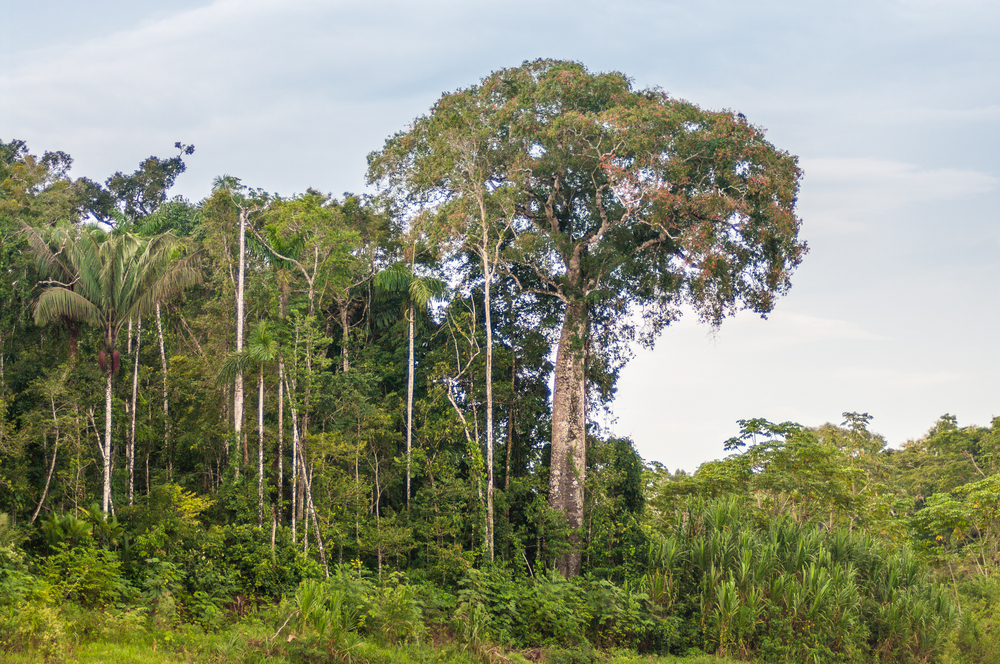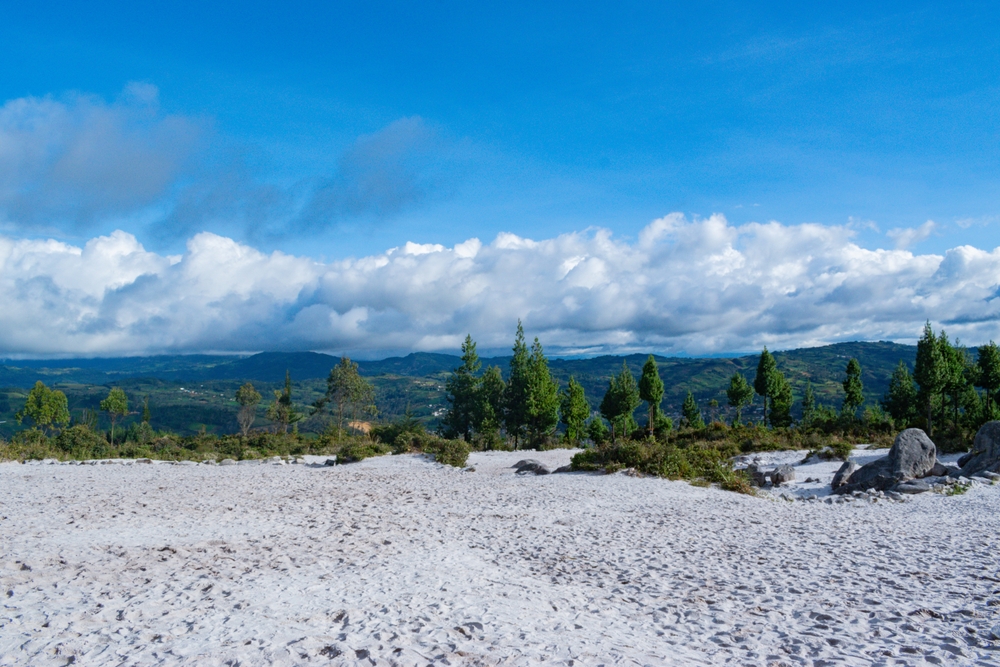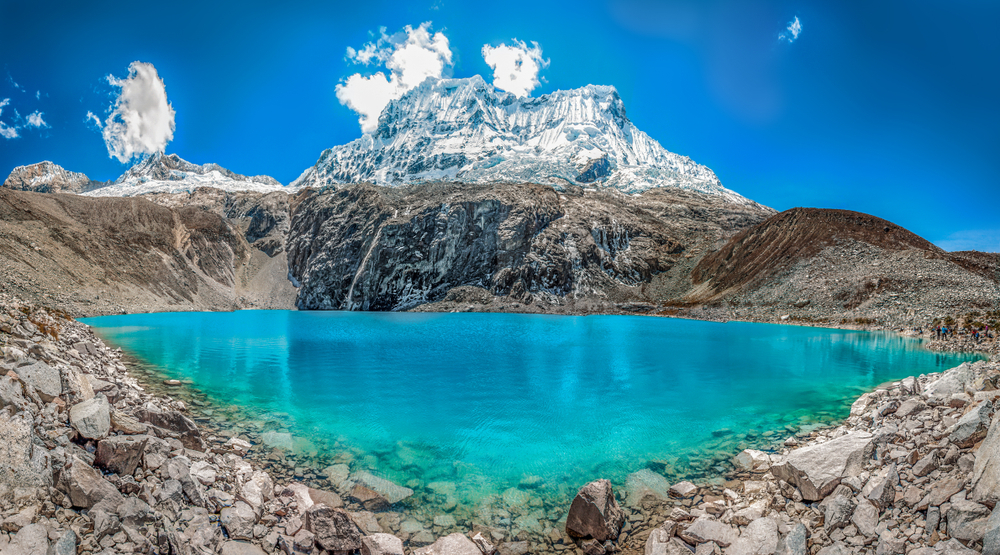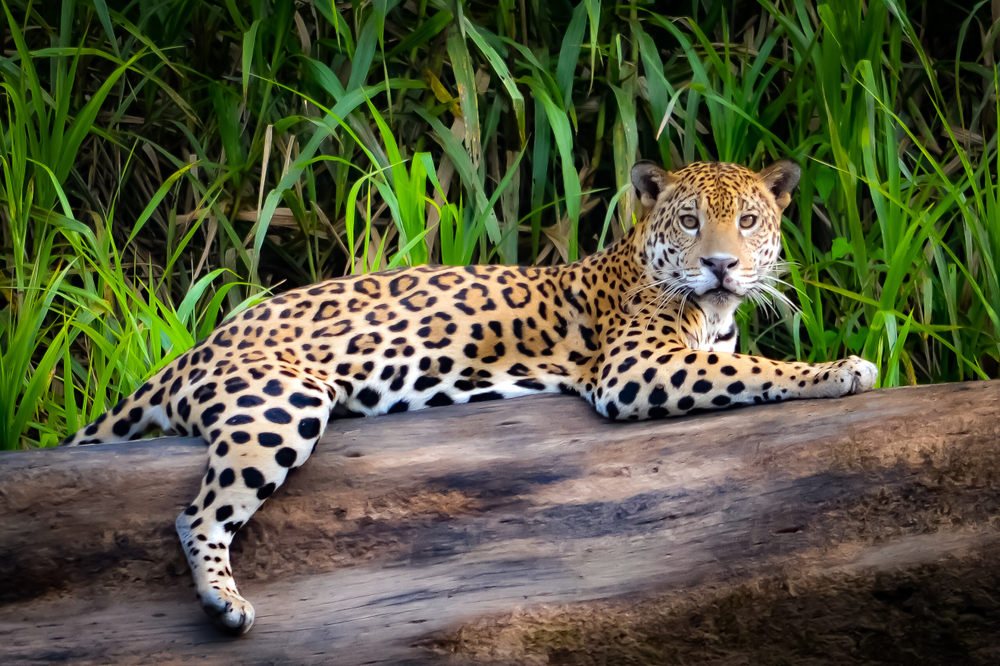Río Abiseo Overview
Río Abiseo National Park, or Parque Nacional Río Abiseo in Spanish, is a remote and ecologically rich protected area in Peru, covering approximately 1,375 square miles (3,575 square kilometers).
Located in the San Martín region in the eastern part of the Andes, the park is situated at the meeting point of the Andean highlands and the Amazon basin. It was established in 1983 to preserve its diverse ecosystems and significant archaeological sites.
In recognition of its exceptional natural and cultural value, Río Abiseo was designated both a UNESCO World Heritage Site and a Biosphere Reserve.
The park’s landscape is characterized by a dramatic mix of cloud forests, montane grasslands, and deep river valleys. Its rugged topography includes steep mountain slopes, high plateaus, and winding river canyons, with elevations ranging from approximately 1,800 to over 13,000 feet (550 to 4,000 meters).
The Río Abiseo itself, from which the park takes its name, carves through these mountains, forming spectacular waterfalls and deep ravines. The diverse vegetation is heavily influenced by its varying altitudes and humidity levels, with dense forests blanketing the lower elevations and páramo grasslands dominating the highest peaks. Ancient tree species, moss-covered rocks, and abundant orchids add to the park’s mystique, creating an otherworldly atmosphere that seems almost untouched by modern civilization.
Río Abiseo National Park is a sanctuary for a vast array of wildlife, including several endangered and endemic species. Among its most notable inhabitants is the yellow-tailed woolly monkey, an extremely rare primate found only in this region of Peru. Other significant mammals include spectacled bears, pumas, ocelots, and Andean foxes, all of which thrive in the park’s secluded wilderness.
Birdwatchers will find an abundance of species, from colorful toucans and parrots to the elusive Andean cock-of-the-rock, Peru’s national bird. The park’s diverse ecosystems also support countless reptiles, amphibians, and insect species, making it a biodiversity hotspot that continues to yield new scientific discoveries.
One of the park’s most remarkable features is its archaeological wealth. The most famous site, Gran Pajatén, is a pre-Columbian city attributed to the Chachapoya culture, later occupied by the Incas. The ruins are covered in intricate stonework, including terraces and circular structures decorated with carved motifs.
Other archaeological sites scattered throughout the park suggest that human activity in the region dates back thousands of years, yet due to conservation concerns, Río Abiseo remains closed to tourists to protect its fragile environment.
Despite being off-limits to the general public, conservation efforts in the park have been largely successful in protecting its rare species and historical sites. Strict management by Peru’s National Service of Natural Areas Protected by the State (SERNANP) has minimized human impact and allowed native flora and fauna to thrive.
However, threats such as illegal logging, poaching, and climate change continue to challenge conservation efforts. Ongoing scientific research and environmental monitoring aim to address these challenges while ensuring the long-term preservation of one of Peru’s most extraordinary national parks.














































































